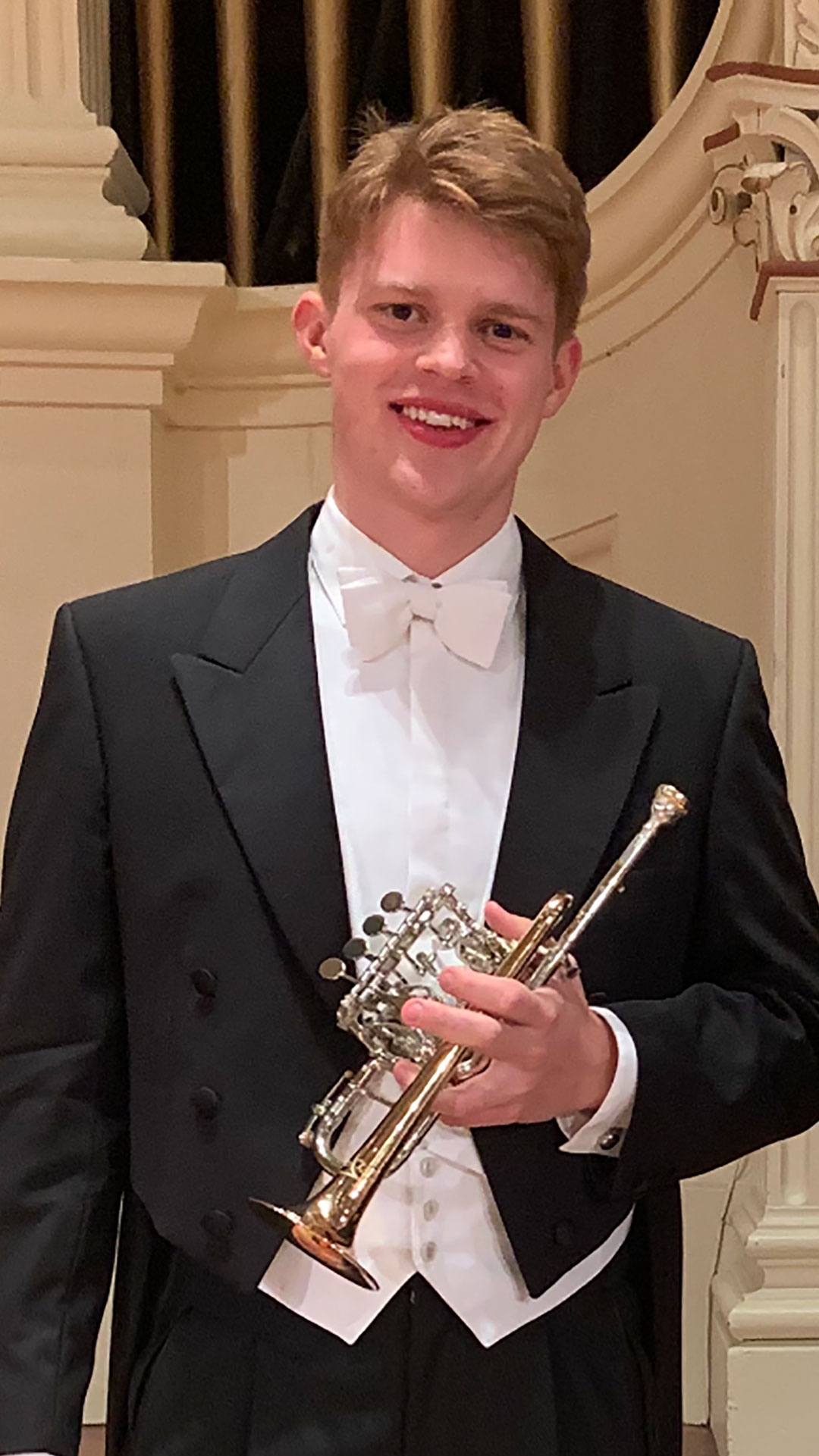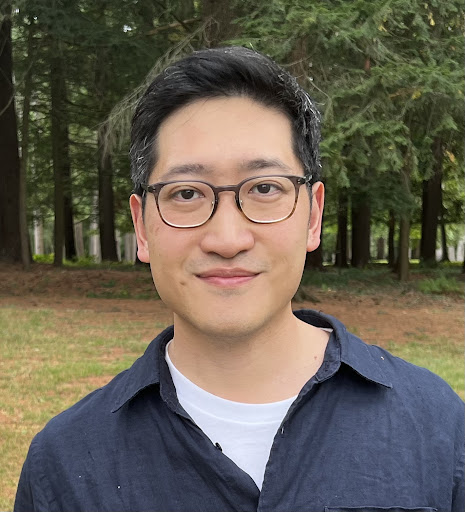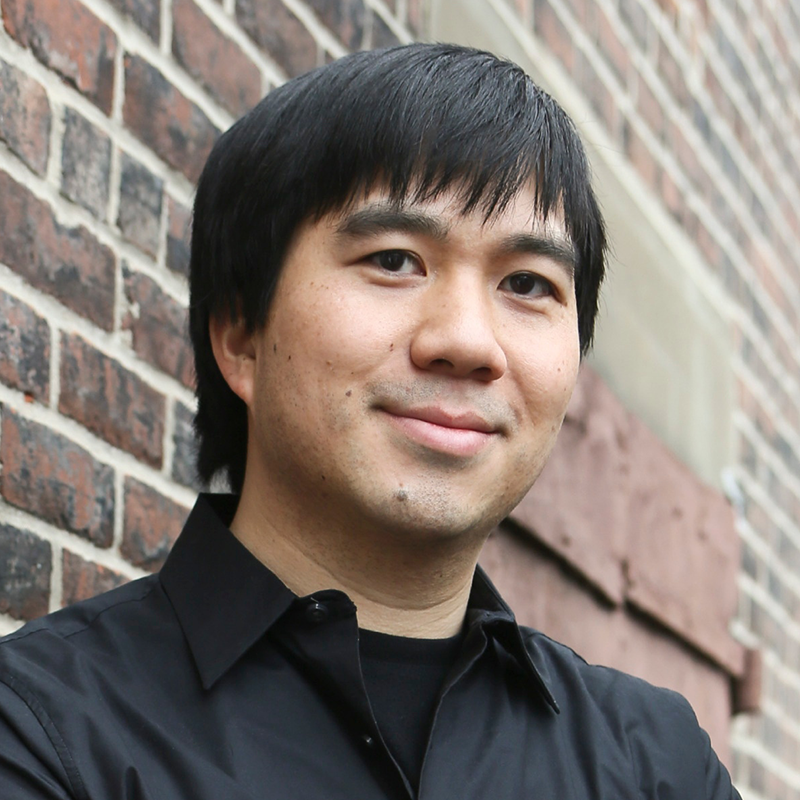In a 1906 letter, Maurice Ravel spoke of plans to write a musical tribute to the waltzes of Johann Strauss: “You know of my deep sympathy for these wonderful rhythms, and that I value the joie de vivre expressed by the dance.” He intended to call the piece Wien—the German name for Vienna. Years passed and the composer only began serious work on the project in 1919, when he was commissioned by Sergei Diaghilev to write a new score for the Ballets Russes. In the intervening years, of course, the world had turned upside down. The Great War had a catastrophic effect on Old Europe and its cultural heritage. Ravel, who volunteered as an ambulance driver, witnessed the horrors of the war up close, and was nearly killed on several occasions. He was further devastated by the sudden passing of his mother while away at the front.
Critics have often linked La Valse to this backdrop of loss. The cultural historian Carl Schorske has argued that the piece reenacts the “violent death of the nineteenth-century world.” More recently, Jillian Rogers has suggested that La Valse can be understood as a traumatic response to the war and the death of the composer’s mother. The frenzied final minutes of the piece lend credence to these interpretations: the waltz spins wildly out of control, and hurtles to a brutal, abrupt conclusion.
Yet Ravel’s own vision for the piece emphasizes not destruction, but a “dancing, whirling, almost hallucinatory ecstasy.” His choreographic scenario for the piece reads:
Through whirling clouds, waltzing couples may be faintly distinguished. The clouds gradually scatter: one sees an immense hall peopled with a whirling crowd. The scene is gradually illuminated. The light of the chandeliers bursts forth at the fortissimo [the first loud statement by the full orchestra]. An imperial court, about 1855.
Indeed, the musicologist Michael Puri has proposed that La Valse celebrates the “miraculous recovery” of the past through the workings of memory. The piece begins with murky, mysterious fragments of waltz rhythms. Gradually, these fragments coalesce, and the orchestra launches into an exuberant, glittering series of waltz tunes.
When Ravel played the score for Diaghilev, the impresario declared that it was unsuitable for dance. He reportedly said, “Ravel, it’s a masterpiece… but it’s not a ballet… It’s the portrait of a ballet.” La Valse was thus first presented as a concert piece, by the Lamoureux Orchestra of Paris in December 1920. But contrary to Diaghilev’s judgment, other choreographers have found inspiration in Ravel’s score, including Bronislava Nijinska, George Balanchine, and Frederick Ashton.
- notes by Mark Seto
For further reading:
- Puri, Michael J. Ravel the Decadent: Memory, Sublimation, and Desire. New York: Oxford University Press, 2011.
- Rogers, Jillian C. “Musical ‘Magic Words’: Trauma and the Politics of Mourning in Ravel’s Le Tombeau de Couperin, Frontispice and La Valse.” Nineteenth-Century Music Review (2022): 1-42.
- Schorske, Carl E. Fin-de-siècle Vienna: Politics and Culture. New York: Knopf, 1979.
 William MacDonald started studying the cello at age six before switching to the trumpet at age 13. He was admitted to the university studio of Prof. Helmut Fuchs at the Dresden Conservatory of music, graduating in May of 2019 with the German higher education diploma (Abitur) and honors for music.
William MacDonald started studying the cello at age six before switching to the trumpet at age 13. He was admitted to the university studio of Prof. Helmut Fuchs at the Dresden Conservatory of music, graduating in May of 2019 with the German higher education diploma (Abitur) and honors for music. Marimbist Ryan Sawyer (he/him) is a “Junior .5er” double concentrating in Music and Applied Math. Formerly a member of the Class of 2023, Ryan delayed his graduation by a semester to take a position as an organist at Mount Vernon Presbyterian Church in Sandy Springs, Georgia. He plays percussion in various ensembles across campus, having played with the Orchestra, Wind Symphony, Percussion Ensemble, Chamber Orchestra, Chorus, and other ensembles in his time at Brown. His academic interests extend to composition, where he primarily focuses on percussion composition. Ryan is also an avid rock climber and is currently co-president of the Brown Climbing Club.
Marimbist Ryan Sawyer (he/him) is a “Junior .5er” double concentrating in Music and Applied Math. Formerly a member of the Class of 2023, Ryan delayed his graduation by a semester to take a position as an organist at Mount Vernon Presbyterian Church in Sandy Springs, Georgia. He plays percussion in various ensembles across campus, having played with the Orchestra, Wind Symphony, Percussion Ensemble, Chamber Orchestra, Chorus, and other ensembles in his time at Brown. His academic interests extend to composition, where he primarily focuses on percussion composition. Ryan is also an avid rock climber and is currently co-president of the Brown Climbing Club. Composer/pianist Anthony Cheung writes music that explores the senses, a wide palette of instrumental play and affect, improvisational traditions, reimagined musical artifacts, and multiple layers of textual meaning. Recent highlights include the song cycle the echoing of tenses for the American Modern Opera Company at the 2022 Ojai Festival, to be reprised this season at Brown and at the 92nd Street Y, and the upcoming Parallel Play with the LA Philharmonic, conducted by John Adams. His music has been commissioned and performed by leading groups such as the Ensemble Modern, Ensemble Intercontemporain, New York Philharmonic, Cleveland Orchestra, Frankfurt Radio Symphony Orchestra, Ensemble Musikfabrik, Scharoun Ensemble, Orchestre Philharmonique de Radio France, and many others. He is the recipient of a Guggenheim Fellowship, Rome Prize, and received First Prize at the 2008 Dutilleux Competition. As a co-founder of New York’s Talea Ensemble, he served as pianist and artistic director of the group. Recordings include portrait discs on the Kairos, New Focus, Wergo, and Ensemble Modern labels. He studied at Harvard and Columbia and has taught at the University of Chicago and Brown University, where he is currently Associate Professor of Music.
Composer/pianist Anthony Cheung writes music that explores the senses, a wide palette of instrumental play and affect, improvisational traditions, reimagined musical artifacts, and multiple layers of textual meaning. Recent highlights include the song cycle the echoing of tenses for the American Modern Opera Company at the 2022 Ojai Festival, to be reprised this season at Brown and at the 92nd Street Y, and the upcoming Parallel Play with the LA Philharmonic, conducted by John Adams. His music has been commissioned and performed by leading groups such as the Ensemble Modern, Ensemble Intercontemporain, New York Philharmonic, Cleveland Orchestra, Frankfurt Radio Symphony Orchestra, Ensemble Musikfabrik, Scharoun Ensemble, Orchestre Philharmonique de Radio France, and many others. He is the recipient of a Guggenheim Fellowship, Rome Prize, and received First Prize at the 2008 Dutilleux Competition. As a co-founder of New York’s Talea Ensemble, he served as pianist and artistic director of the group. Recordings include portrait discs on the Kairos, New Focus, Wergo, and Ensemble Modern labels. He studied at Harvard and Columbia and has taught at the University of Chicago and Brown University, where he is currently Associate Professor of Music. Mark Seto leads a wide-ranging musical life as a conductor, scholar, teacher, and violinist. He is Director of the Brown University Orchestra and Senior Lecturer and Director of Undergraduate Studies in Music at Brown University, where he teaches courses in music history, theory, and conducting. He is also Artistic Director and Conductor of The Chelsea Symphony in New York City.
Mark Seto leads a wide-ranging musical life as a conductor, scholar, teacher, and violinist. He is Director of the Brown University Orchestra and Senior Lecturer and Director of Undergraduate Studies in Music at Brown University, where he teaches courses in music history, theory, and conducting. He is also Artistic Director and Conductor of The Chelsea Symphony in New York City.